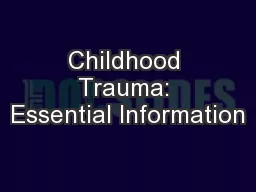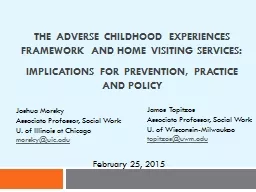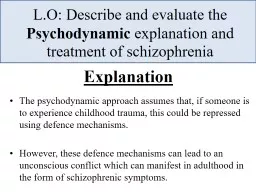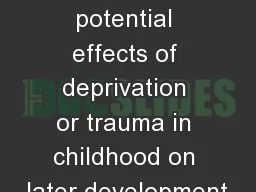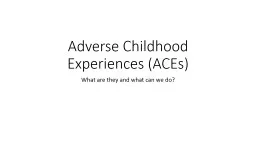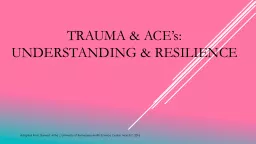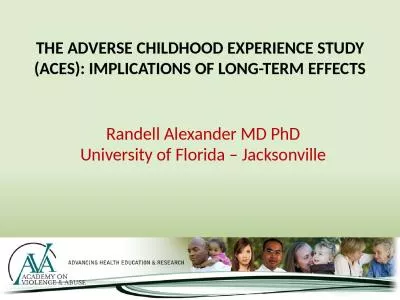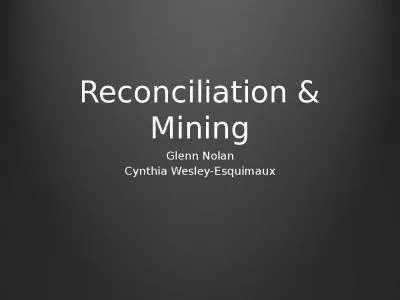PPT-Childhood Trauma: Essential Information
Author : myesha-ticknor | Published Date : 2018-03-09
for Courts 2015 WATCP CONFERENCE March 26 th Milwaukee WI Judge Mary Triggiano Tim Grove Chief Clinical Officer SaintA Drug Court Participant I have finally come
Presentation Embed Code
Download Presentation
Download Presentation The PPT/PDF document "Childhood Trauma: Essential Information" is the property of its rightful owner. Permission is granted to download and print the materials on this website for personal, non-commercial use only, and to display it on your personal computer provided you do not modify the materials and that you retain all copyright notices contained in the materials. By downloading content from our website, you accept the terms of this agreement.
Childhood Trauma: Essential Information: Transcript
Download Rules Of Document
"Childhood Trauma: Essential Information"The content belongs to its owner. You may download and print it for personal use, without modification, and keep all copyright notices. By downloading, you agree to these terms.
Related Documents

